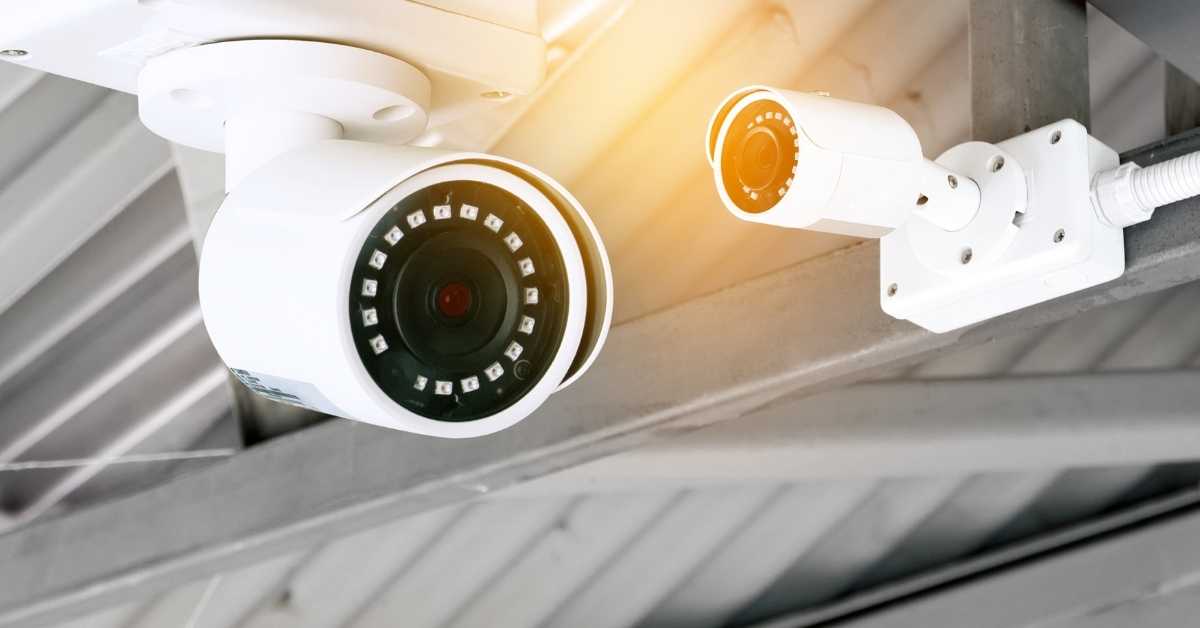Under the Watchful Eye: How India is Transforming into a ‘CCTV Nation’

In recent years, India has witnessed a rapid proliferation of Closed-Circuit Television (CCTV) cameras across its cities and towns, leading to its transformation into what many are calling a ‘CCTV nation.’ From bustling metropolitan areas to quieter suburban streets, CCTV cameras have become ubiquitous, serving multiple purposes ranging from enhancing security to aiding in traffic management. This article explores the factors driving this transformation, its implications, and the challenges it presents.
The Rise of CCTV Surveillance in India
The installation of CCTV cameras in India has been driven by several factors, including concerns over public safety, crime prevention, and urban management. High-profile crimes and terrorist attacks have heightened the need for surveillance, prompting both government and private entities to invest heavily in CCTV technology.
Key Drivers of CCTV Adoption:
- Public Safety and Crime Prevention: The primary motivation for deploying CCTV cameras is to enhance public safety and deter criminal activities. Visible surveillance acts as a deterrent to potential offenders and provides critical evidence for law enforcement agencies in solving crimes.
- Urban Management and Traffic Control: In cities with burgeoning populations and increasing vehicular traffic, CCTV cameras play a crucial role in monitoring and managing urban infrastructure. They help in controlling traffic flow, identifying violators, and ensuring smoother transportation systems.
- Technological Advancements: The rapid advancement in CCTV technology, including high-definition cameras, night vision, and integrated artificial intelligence (AI) capabilities, has made surveillance more effective and affordable. AI-powered analytics can detect unusual activities, recognize faces, and alert authorities in real-time.
- Government Initiatives: Various state and central government initiatives, such as the Smart Cities Mission, have emphasized the use of CCTV surveillance to improve urban infrastructure and public services. These initiatives have led to significant investments in surveillance systems.
Implications of Becoming a ‘CCTV Nation’
The widespread deployment of CCTV cameras has far-reaching implications for Indian society, both positive and negative.
Positive Implications:
- Enhanced Security: The most apparent benefit is the increased sense of security among citizens. The presence of CCTV cameras can reduce crime rates and expedite the identification and apprehension of offenders.
- Efficient Law Enforcement: CCTV footage provides invaluable evidence for law enforcement agencies, aiding in the swift resolution of criminal cases. It also assists in maintaining public order during large gatherings and events.
- Improved Urban Management: CCTV surveillance aids city administrators in monitoring public spaces, managing traffic, and addressing infrastructural issues promptly. This leads to more efficient and responsive urban governance.
- Deterrence of Criminal Activities: The knowledge that surveillance is omnipresent acts as a deterrent to potential criminals, reducing incidents of theft, vandalism, and other unlawful activities.
Negative Implications:
- Privacy Concerns: The pervasive use of CCTV cameras raises significant privacy issues. Citizens may feel uncomfortable with constant surveillance, fearing misuse of their personal data or unwarranted intrusions into their private lives.
- Surveillance Overreach: There is a risk of surveillance overreach, where excessive monitoring could lead to a ‘Big Brother’ scenario, infringing on individual freedoms and civil liberties.
- Data Security: The vast amounts of data collected by CCTV systems need to be securely stored and managed. Breaches in data security can lead to sensitive information falling into the wrong hands.
- Cost and Maintenance: The installation, maintenance, and upgrading of CCTV systems involve substantial costs. Ensuring that these systems are always operational and effective requires continuous financial and technical resources.
Challenges and the Way Forward
As India continues its journey towards becoming a ‘CCTV nation,’ several challenges need to be addressed to maximize the benefits of surveillance while mitigating its drawbacks.
- Regulatory Framework: Establishing a robust regulatory framework is essential to govern the use of CCTV cameras. Clear guidelines on data collection, storage, usage, and access need to be defined to protect citizens’ privacy and prevent misuse.
- Public Awareness: Educating the public about the purpose and benefits of CCTV surveillance can help alleviate privacy concerns. Transparency in how surveillance data is used and safeguarded is crucial in building public trust.
- Technological Integration: Integrating CCTV systems with other smart city technologies can enhance their effectiveness. For example, combining CCTV footage with AI-powered analytics and IoT (Internet of Things) devices can provide comprehensive urban management solutions.
- Ethical Use of Data: Ensuring the ethical use of surveillance data is paramount. Authorities must implement strict protocols to prevent data abuse and maintain the integrity of surveillance operations.
Conclusion
India’s transformation into a ‘CCTV nation’ reflects its commitment to leveraging technology for enhanced security and efficient urban management. While the proliferation of CCTV cameras offers significant benefits in terms of crime prevention and public safety, it also necessitates careful consideration of privacy and ethical concerns. By establishing a balanced regulatory framework and fostering public awareness, India can harness the power of CCTV technology to create safer and smarter cities for its citizens.



Leave a Comment